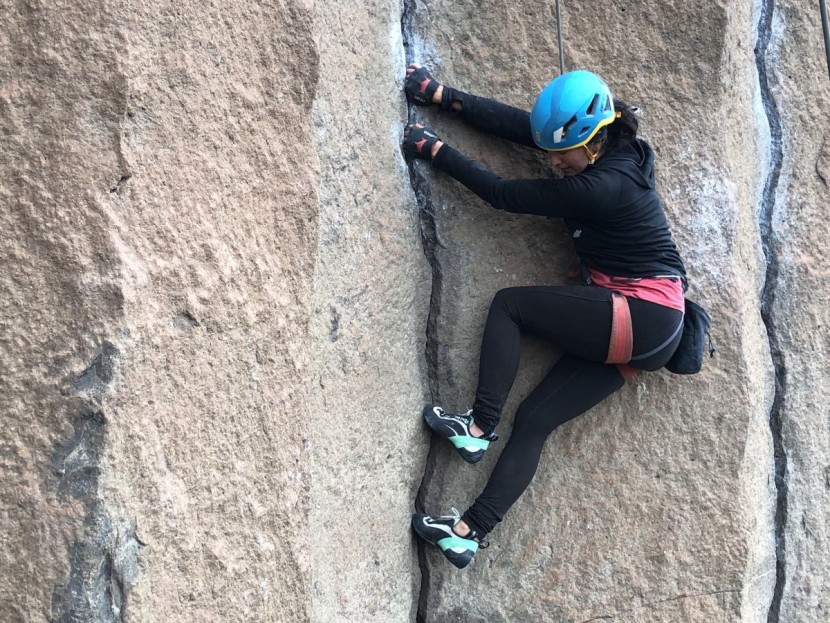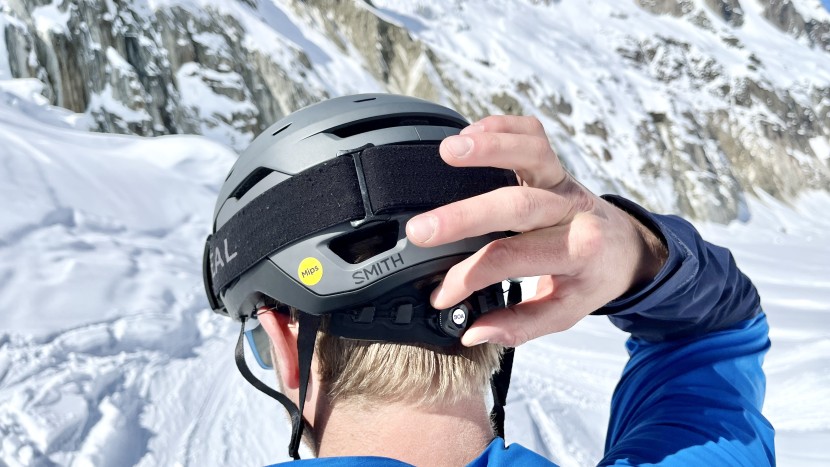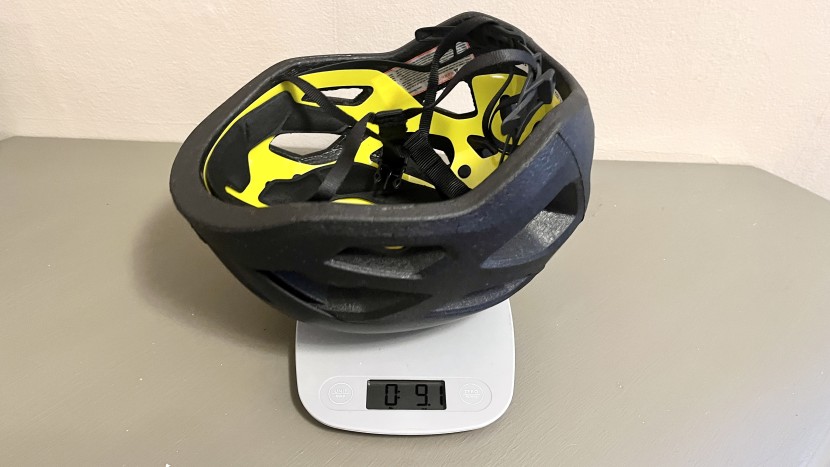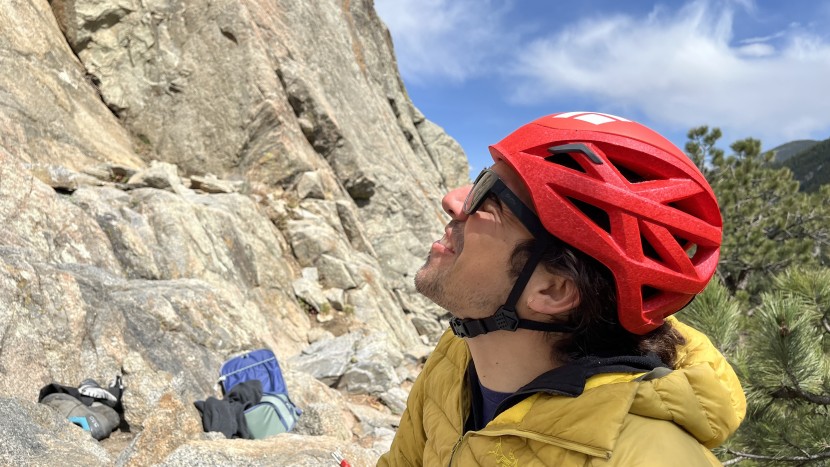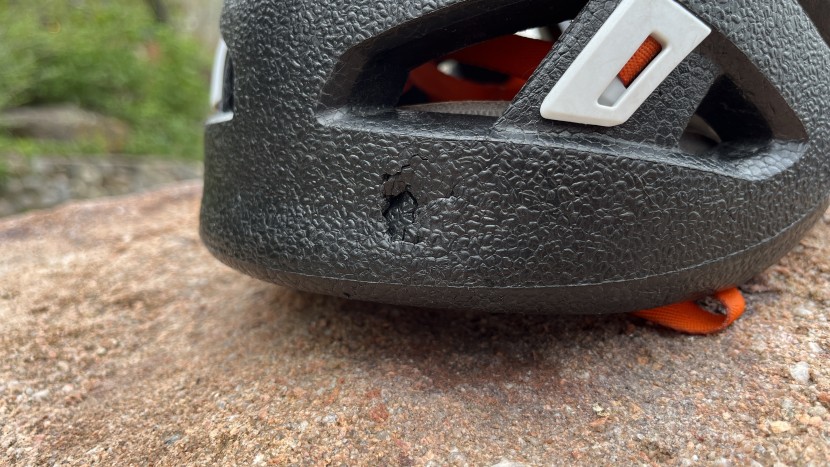We always kick off our reviews by carefully researching the best climbing helmets on the market, including new additions and time-tested classics. After selecting the highest-rated ones across a range of types, we put them to the test using our side-by-side testing process. We wore them on long days in Red Rock Canyon, in Yosemite and the Eastern Sierra, and while cragging at Smith Rock and Boulder Canyon to test them over a range of routes and conditions. Then we scored and ranked them according to the following criteria:
Comfort
While wearing each helmet, we noted how comfortable we felt and if there were any pressure spots or other features that impacted our comfort. As this is a relatively subjective metric, we had several people wear each helmet and then try to reach a consensus on the score. We judged each helmet's fit and noted how the shape of the helmet shell contours around the shape of a human head. We also inspected the components of each helmet's fit, noting any sharp edges or bits of plastic that dig into the scalp.
Adjustability
We looked at the ease of adjusting each helmet and how much each one could be adjusted. We tried them on various head circumferences and shapes and noted how quickly we could dial in our fit. Those that are easily adjustable while they are on the head scored higher. Also, we noted how easy it is to adjust the smaller parts of the helmet, such as the location of the chin strap and v-yoke that goes around the ears.
Weight
We weighed each helmet on a digital scale to the nearest tenth of an ounce. Helmets that weigh less receive higher scores.
Ventilation
We wore these helmets on long hot routes in the desert and Yosemite, noting how cool we stayed or not, and rated each model accordingly. We also compared the number and area of the holes in each helmet and noticed, perhaps obviously, that holes in the front provide slightly more ventilation. Helmets with internal harness systems that provide space around the head also allow for better ventilation, so we also noted any helmets that employ this design.
Features
Helmets come with a variety of features, including headlamp attachment mechanisms, goggle clips, chin guards, extra padding, and helmet sacks. Some dual-certified helmets also come with ear flaps for use while skiing. We tested each helmet's headlamp clips by attaching the same headlamp to each helmet and noting the ease and security of attachment. We also noted and tested the efficacy of any included spare parts.
Durability
Since this is a user review, we did not perform any scientific crash tests to evaluate these helmets' protection. Climbing helmets have to pass a rigorous testing regime to achieve CE certification – instead, we took a more practical approach. We climbed pitch after pitch in each model, jamming them into our backpacks and tossing them around at the crag, noting how they held up to heavy use. We also compared popular, updated models against older test samples to judge long-term durability. Finally, we noted the construction quality and materials, using our expertise and experience in this field to offer any potential insight into longevity and continued performance.

